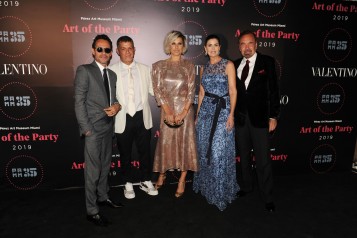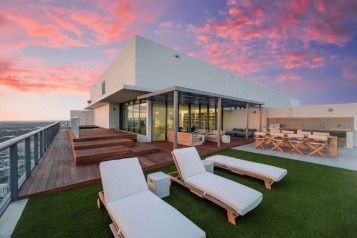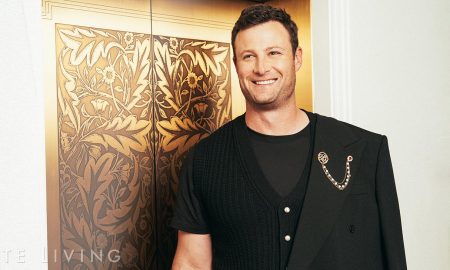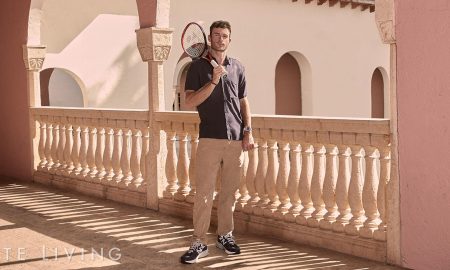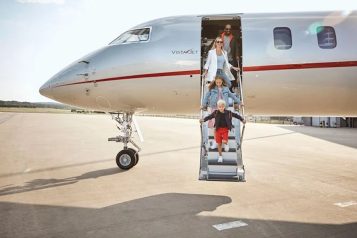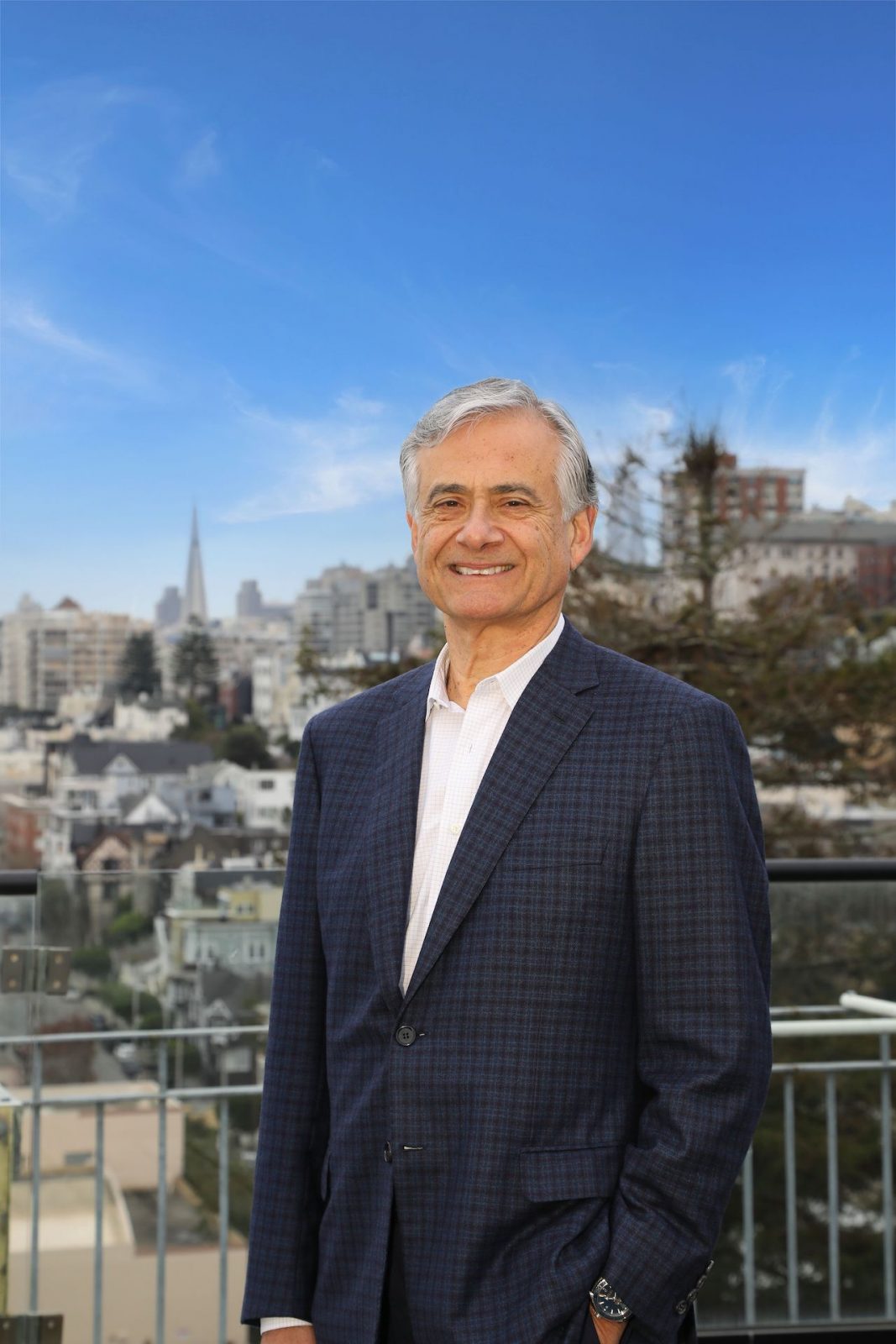
Photo Credit: Jason Wells
Even if you have not crossed paths with Michael Covarrubias in business or socially, it’s likely that as a Bay Area resident you have had indirect contact with Covarrubias. As the CEO and chairman of TMG Partners, one of the Bay Area’s most prolific real estate development firms, Covarrubias has influenced countless residential, office, retail and mixed-use projects. If you’ve dined at One Market or live at SOMA Grand, you’ve come within six degrees of separation from the regional businessman. For the past 31 years, Covarrubias has been strategically reimagining the most important commodity in San Francisco—our literal terra firma.
TMG, under Covarrubias’ leadership, piloted the building, rehabilitation and development of over 70 projects totaling over 30 million square feet of residential, retail and office space across the Bay Area—within Emeryville, Marin City, Mountain View, Novato, San Bruno, San Jose and San Francisco. Early on, the firm was active in the building and redevelopment of San Francisco’s South of Market (SOMA) district. Multiple TMG developments include The Landmark at One Market, 680 Folsom Street, The Crossing, 1000 Van Ness, and Emeryville Public Market. TMG has also played a significant role in Silicon Valley, with mixed-use space in 16 different ventures.
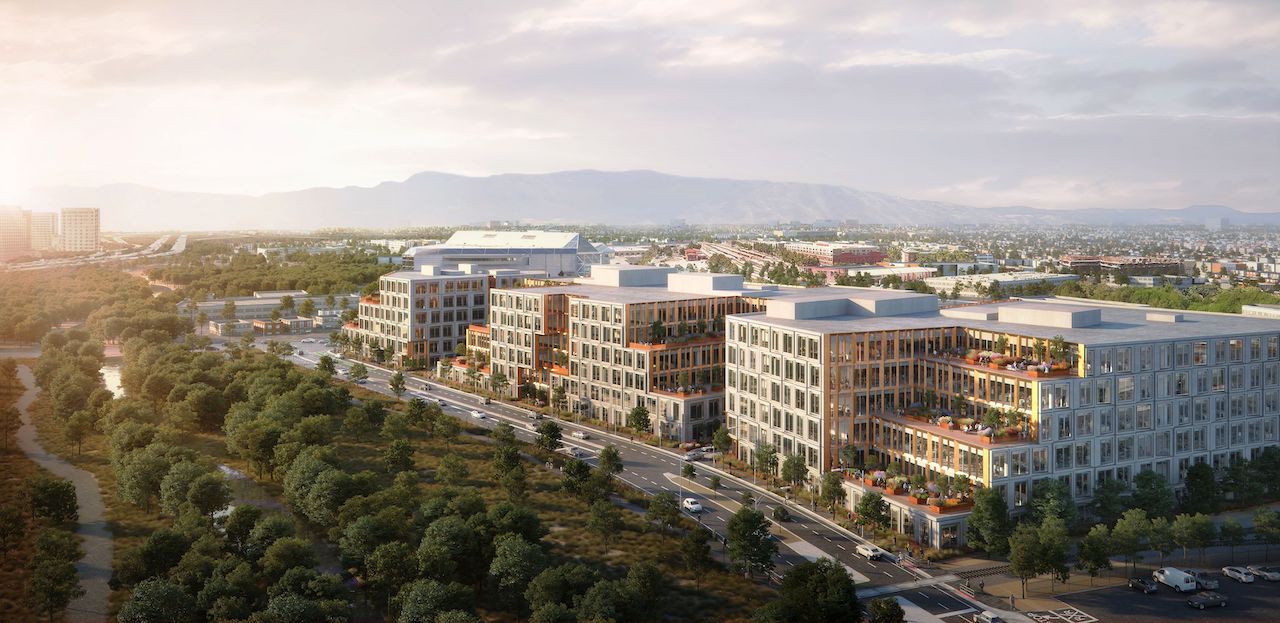
Photo Credit: TMG Partners
More recently, with the 2016 sale of the First and Mission Street site of Oceanwide Center—a mixed-use two-tower skyscraper development that TMG pulled from bankruptcy—Covarrubias had a hand in the most transformative redevelopment initiatives in the last half-century in San Francisco’s Transbay District. TMG is currently working on 3700 California, a project that involves the demolition and replacement of the existing California Pacific Medical Center (CPMC)/Sutter Health hospital buildings. The property will be converted into 37 new structures with 265 residences. As a company dedicated to relegating its focus only to the Bay Area, TMG has also been aggressively pursuing several office developments in Covarrubias’ original hometown of Oakland, as well as in San Jose.
Although he is a heavyweight who has assisted in the evolution of the Bay Area for most of his life, Covarrubias is humble about his accomplishments. He prefers to focus on cultivating relationships. One way he achieves this goal is by participating in management roles at many crucial local organizations. Covarrubias is the past chairman of the board for the Bay Area Council, a group of over 300 businesses that work together to solve issues like housing, homelessness, traffic and the future of the region’s workforce. He’s also a board trustee at the Bay Area Council Economic Institute, a trustee and governor at the Urban Land Institute (ULI), director of The Committee on Jobs, active in the Center for Creative Land Recycling and on the executive committee of the Fisher Center Policy Advisors Board.
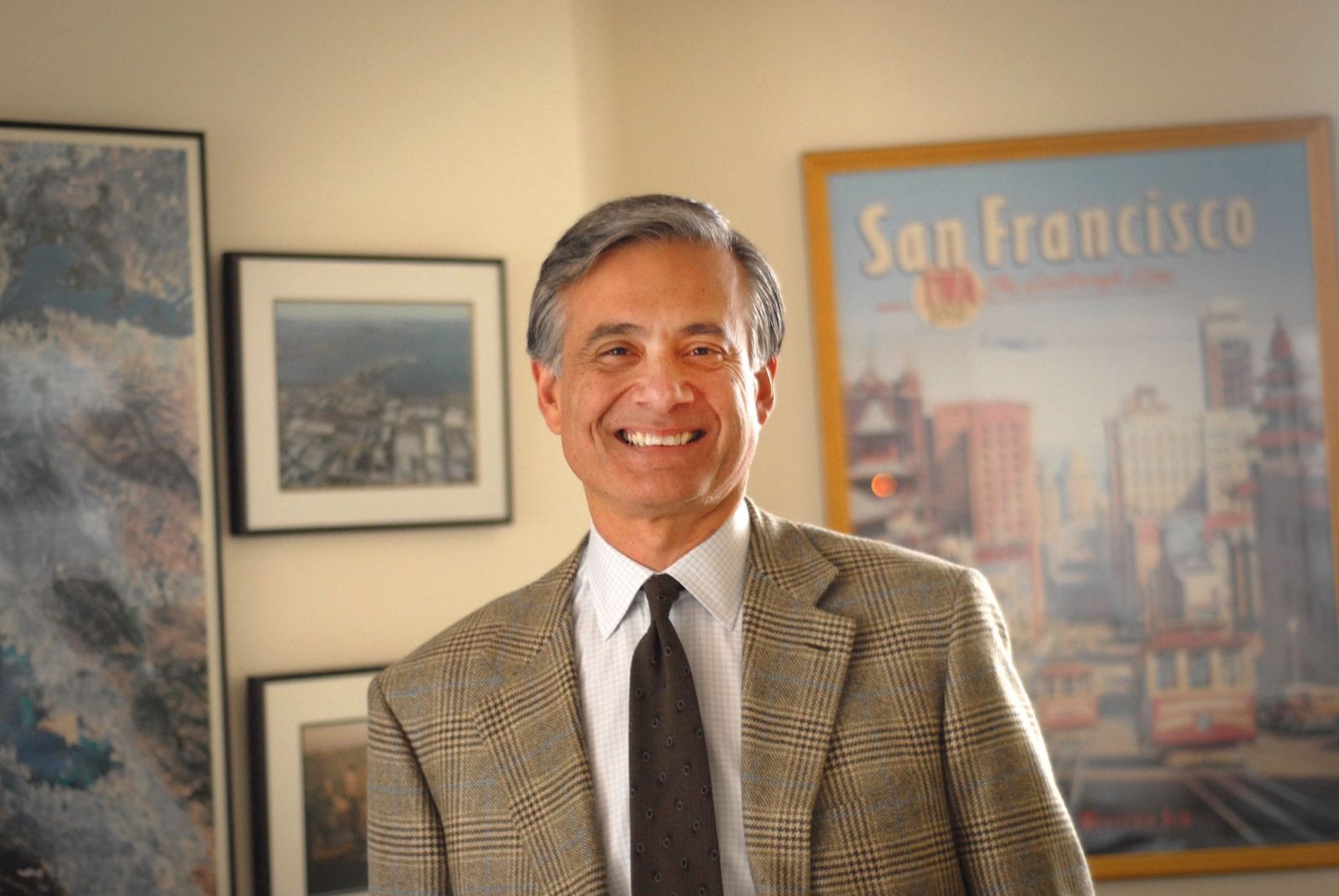
Photo Credit: TMG Partners
His most significant way of giving back to the community, perhaps, is his role as one of three co-chairs of the Committee to House the Bay Area, better known as CASA. The organization has recently released the CASA Compact, a 15-year emergency plan that confronts the region’s housing crisis and is now headed to the state legislature. Covarrubias spearheaded the Compact with co-chairs Fred Blackwell of the San Francisco Foundation and Leslye Corsiglia of Silicon Valley at Home. Later this month, Covarrubias will be recognized by the San Francisco Business Times with a Lifetime Achievement Award. On the eve of the culmination of his career, Haute Living’s publisher, Olivia Hsu Decker, sat down with him to discuss his past, present, and future.
Olivia Hsu Decker: You graduated from the University of San Francisco. Were you born and raised in the Bay Area?
Michael Covarrubias: I was born in East Oakland. My parents were immigrants who met while working at a local factory. They divorced when I was five years old… after that my mother raised me. I went to high school in Oakland and then graduated from USF in 1971 with a degree in business administration.

Photo Credit: TMG Partners
OHD: Your first job was in commercial lending at Union Bank. What made you decide to leave banking and join TMG Partners?
MC: In my 17 years at Union Bank, I learned an immense amount about development through complicated real estate financing transactions—or, as they say, I saw a lot of ways to go broke and quickly learned ways to try to avoid them. TMG Partners started four years before I joined, and I was the fifth partner. By 1995, I assumed the role of running it, and then bought out my partner in 2003.
OHD: What qualities are crucial to being a successful CEO?
MC: Both internally and externally, a good leader needs to take a collegial approach. Listening to ideas from principals and teams and communities is critical to making successful decisions. As such, the method is vital not only to the personal, professional success, but to the positive impact that a company—especially in development—can make on its customer, its audience, or, in our case, the Bay Area region.
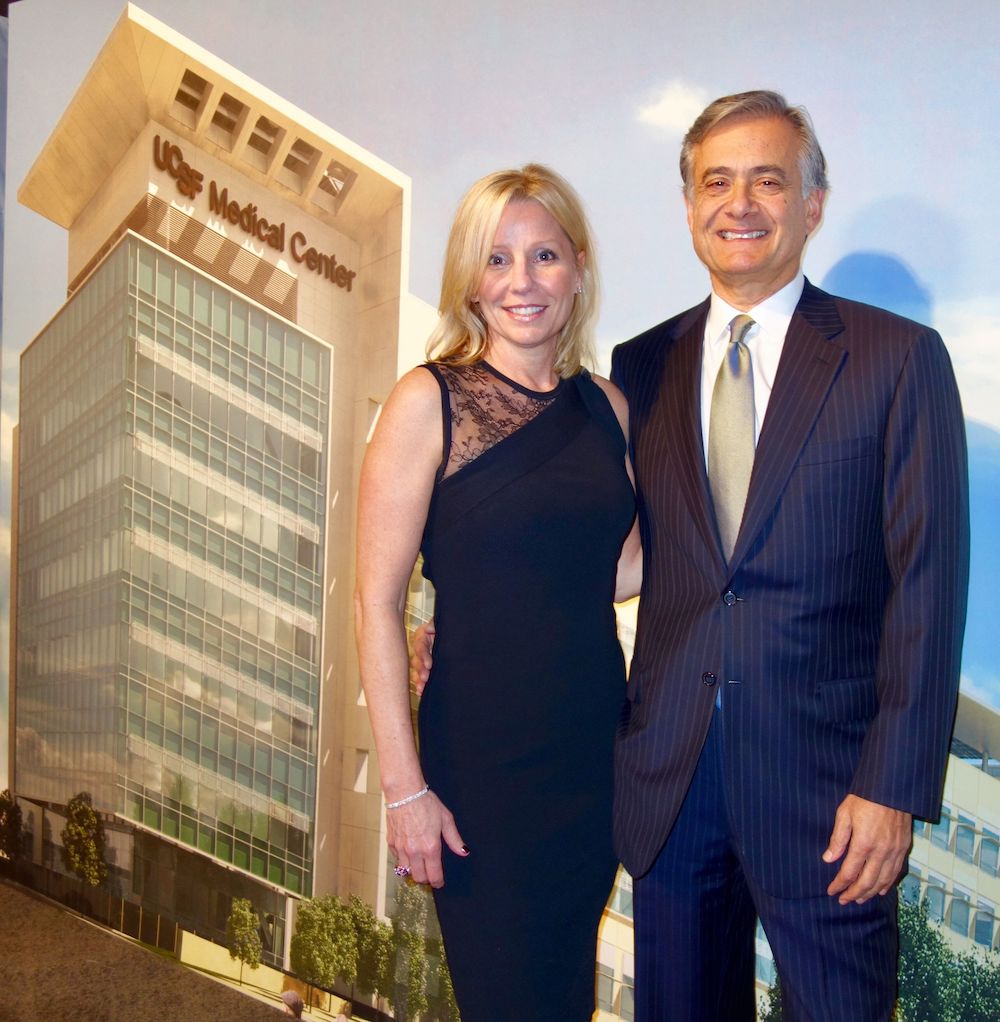
Photo Credit: Olivia Hsu Decker
OHD: What’s your secret to choosing the right projects? How do you manage the risks and grab the proper opportunities?
MC: It may sound overly altruistic, but we do care about the community, the built environment and the future of the Bay Area. If we are not going to make a positive impact, we are not going to proceed. We operate seamlessly when it comes to decisions on which developments to pursue—whether it’s mixed-use, office, multifamily, ground-up or renovations. Our goal is to skate to where the puck is going to be. Secondly, we are thoughtful and not prone to rush in opportunistically. We know to evaluate in three parts: the greater economy and industry trends, the local Bay Area economy and then down to the submarkets. An essential part of our review of the submarket is what is missing, what can we add, what hasn’t been done, and, most importantly, what have we heard from the community—what do the neighbors want. This was our number one consideration as we approached the CPMC redevelopment, and our intensive work within the community has proven to be a win-win for the neighborhood, including both design and desired density. That’s the type of result TMG cares about.
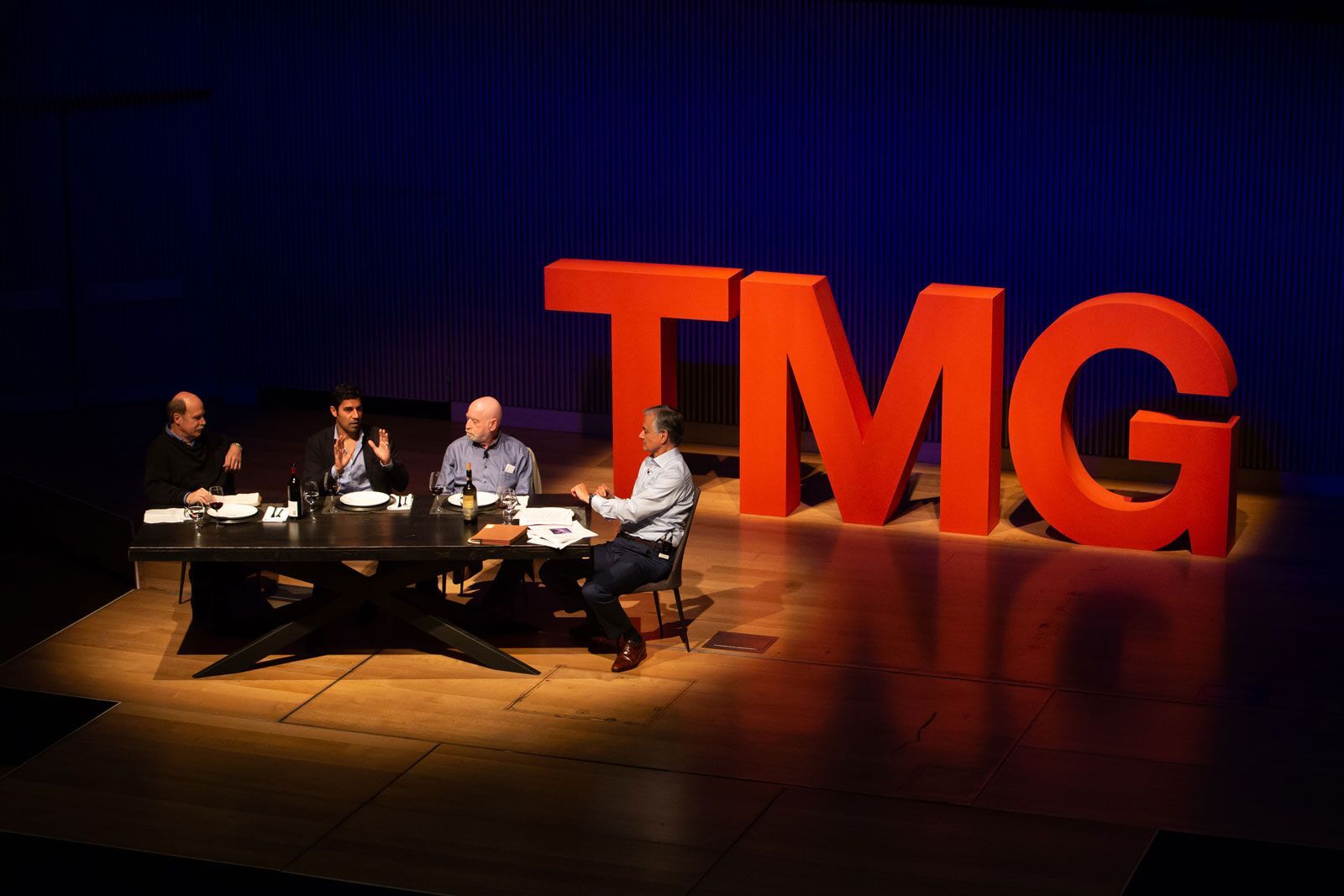
Photo Credit: Drew AltizerOHD: TMG Partners started in 1984, and you have been super successful for over 30 years. What sets you apart from the others in your industry?
MC: I’d say what sets us apart is our exclusive focus on the Bay Area. Being able to develop the right product for the specific site—not just office, not only residential, not just retail—but what makes overall sense. That regional commitment coupled with a true partner organization keeps us connected. Our partners have all stayed with TMG for 10 to 20 to 30 years. Additionally, we find ways to better learn where we are from where we were. In our anniversary event this year, dubbed “33.3 Forum” reflecting our years of operation, we celebrated the resiliency of our region to rebound from the worst of times to the best of times. As we understand that we operate in a perpetual state of disruptive innovation, we brought together visionaries and forecasters Paul Saffo and Parag Khanna, New York Times journalist Michael Mandelbaum and two-term Michigan Governor Jennifer Granholm to discuss how we reinvent our thinking and implement systems in order to create something better, to stay ahead of the competition, to continue to influence, and to lead the world.

Photo Credit: TMG Partners
OHD: Many developers leave the Bay Area in favor of regions where the cost of real estate and development is more affordable. Why have you rejected this idea and stayed exclusively in the region?
MC: I could go on for hours about that! In summary, though, the Bay Area is a rarity with economic, cultural, climate, and lifestyle forces—that is hard to find combined in other regions. Our team is homegrown, so passion is innate. We see a tremendous amount of value in an area that, though somewhat landlocked, can be appropriately denser, can grow up responsibly and can be reimagined in other instances. Again, our vision does not come from chance, but by being involved in leading organizations throughout both California and the Bay Area—organizations such as the Bay Area Council, CASA most recently, ULI, SPUR (San Francisco Bay Area Planning and Urban Research), and other smaller but focused entities, as well.
OHD: TMG expanded to Oakland and San Jose extensively in 2015. Do you have plans to move into other regions in the Bay?
MC: As we will always limit our focus to the Bay Area, we also continue to see all submarkets equally when it comes to opportunity. We are active again in San Jose, in addition to San Francisco and the East Bay. We love it all!
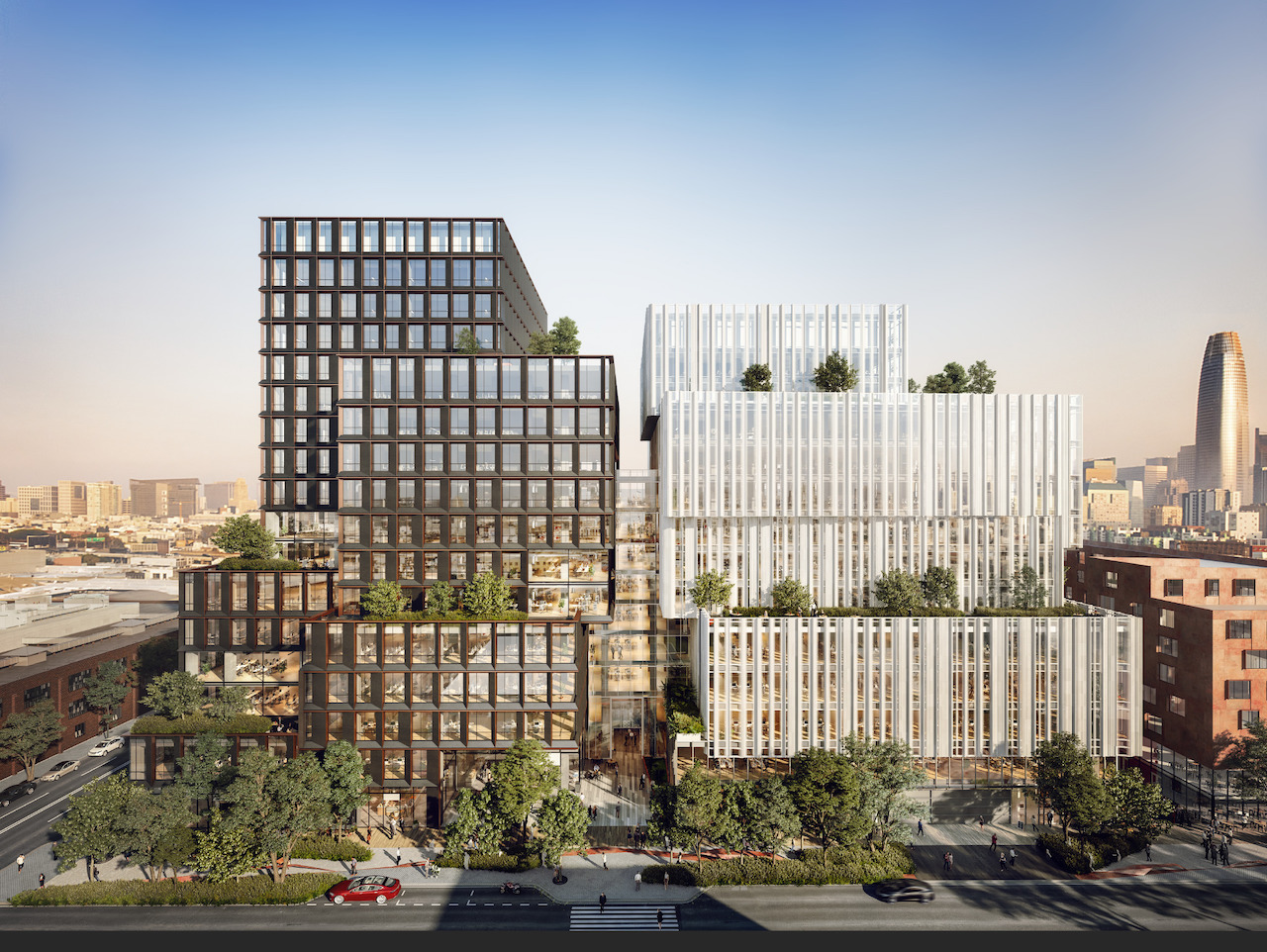
Photo Credit: TMG Partners
OHD: What are the main challenges developers face today?
MC: It’s a stepped approach. Whether you begin with a charrette to listen to the community or work with grassroots organizers who have had their fingers on the local community’s pulse, you must look and respond accordingly. Again, this is where partnerships on all levels come in. A good developer cannot have the hubris to think their vision is right without first gaining input, education, and then interweaving that in a solid strategy. Timing, of course, is also critical. Sometimes you need to pivot with immediacy; other times you have to have patience and restraint. I think what sets us apart is our creative solutions to the most challenging properties.
OHD: Your track record shows a triumphant return on the investment. How do you increase the value on properties by a large margin?
MC: We practice IRR—which is not a traditional internal rate of return. We focus on integrity, relationships, and results. We work hard to execute at all times with integrity (to do what we said we’d do); we develop long-term relationships (capital, tenants, communities); and then produce high results. All combined that makes our partners confident to do repeat business with us. As we build and design these projects, we want to add to the ever-improving fabric, landscape and architecture of this extraordinary region. We are proud we were able to bring Sir Norman Foster to the Oceanwide project, Robert A. M. Stern to the redevelopment of CPMC, and Kohn Pedersen Fox in San Jose. Locally we admire Heller Manus Architects, with whom we worked on the Pinterest project in SOMA. San Francisco enjoys an excellent reputation as an international city and cultural destination, especially in the arts. To be able to support this with what will be indelible interpretations from internationally renowned architects is nothing short of our gift to the city.

Photo Credit: Drew Altizer
OHD: What project are you most proud of and why?
MC: It may seem somewhat oxymoronic to cite an older, classic building in this era where many are recreating the skyline with muscular towers, but there’s a lot to be said for The Landmark at One Market. We reimagined the old Southern Pacific Railroad headquarters that had a very central design, flanked by massive floorplates and a lot of open space—mostly for traditional, as well as technology companies—to ultimately accommodate the first urban headquarters for a then young and growing tech firm called Salesforce. It’s just a beautiful building that anchors the near side of the Embarcadero, puts a pin at the end of Market Street and looks best when viewed from the top of Nob Hill down California Street. Now fast-forward to Salesforce Tower, which has large floorplates, open spaces for tech creativity and steals the skyline. The irony adds to the lore!
OHD: What was your most difficult project?
MC: None are by definition easy, or anyone could have done them. But, over the years, large master-planned communities such as the Hamilton Air Base, and Marin City in Marin County, added a lot of gray hair to my head. Buildings like 680 Folsom tested our skills at reconstruction, seismic upgrading and tenant improvements—all while in the depth of the ’08 crash. With patience, it came out well on all counts.
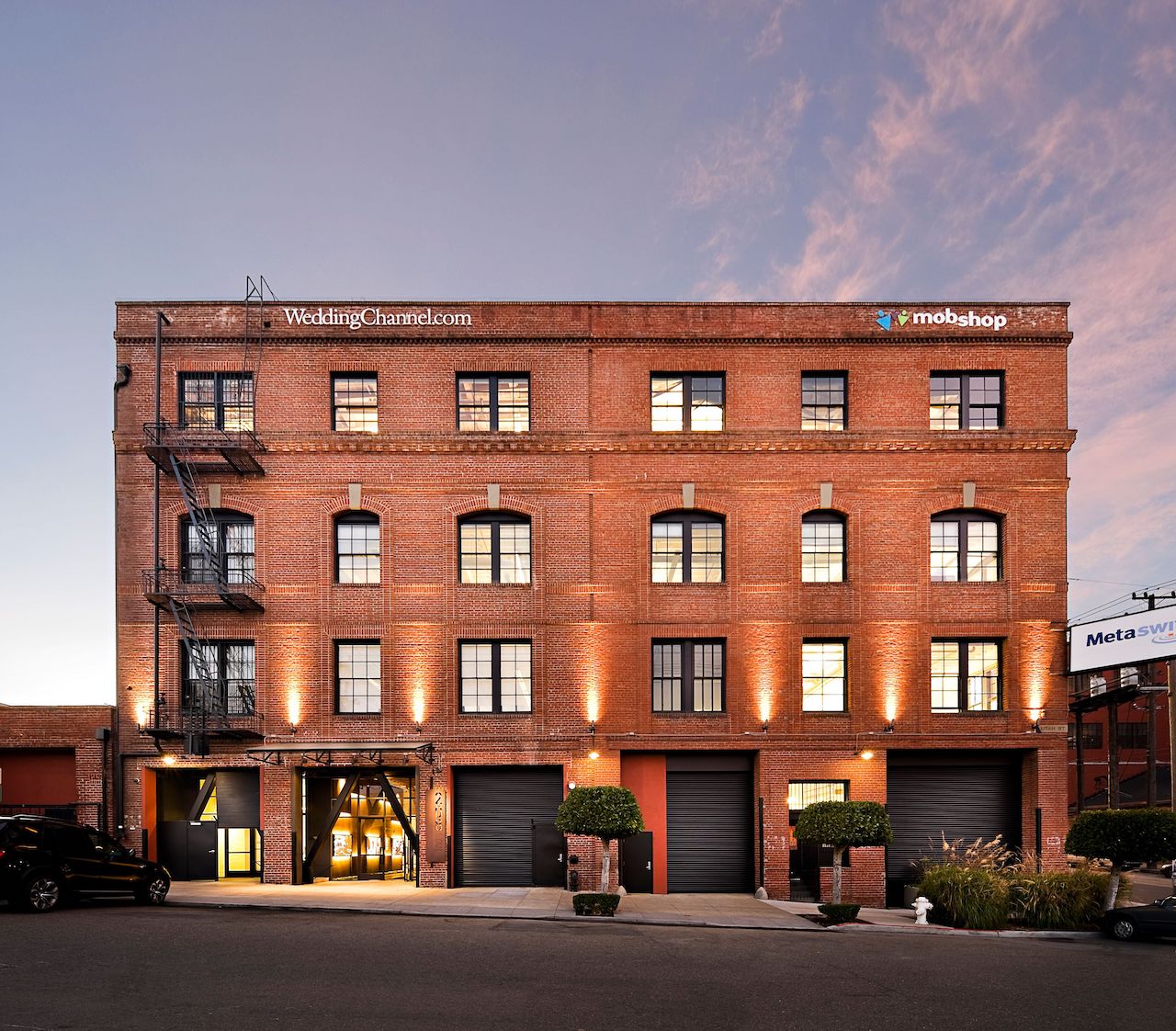
Photo Credit: TMG Partners
OHD: Let’s talk about the current real estate boom. What up-and-coming buildings do you think are most interesting?
MC: I don’t know that I’d say there is a current real estate boom in San Francisco in that the City—and now the greater region—has been growing and thriving for decades. There are always cycles where things speed up, then things will slow. There is constant chatter and prognostications about boom and bust, “too frothy” and “looming recession.” It comes down to careful calibration of the pipeline, to patience, to being able to react swiftly. Indeed, the growth in the Transbay is eye-popping, and this will slow over the next few years as we tap out availability for more. Oakland is also aggressively building up and getting denser—that has a longer runway currently. San Jose has been slower growth, but not stopping, notably with projects like Diridon Station. Even Sacramento has another growth spurt now. There are so many exciting projects, especially the original mixes of uses, whether by block or in one development, that it’s almost impossible to list them succinctly.
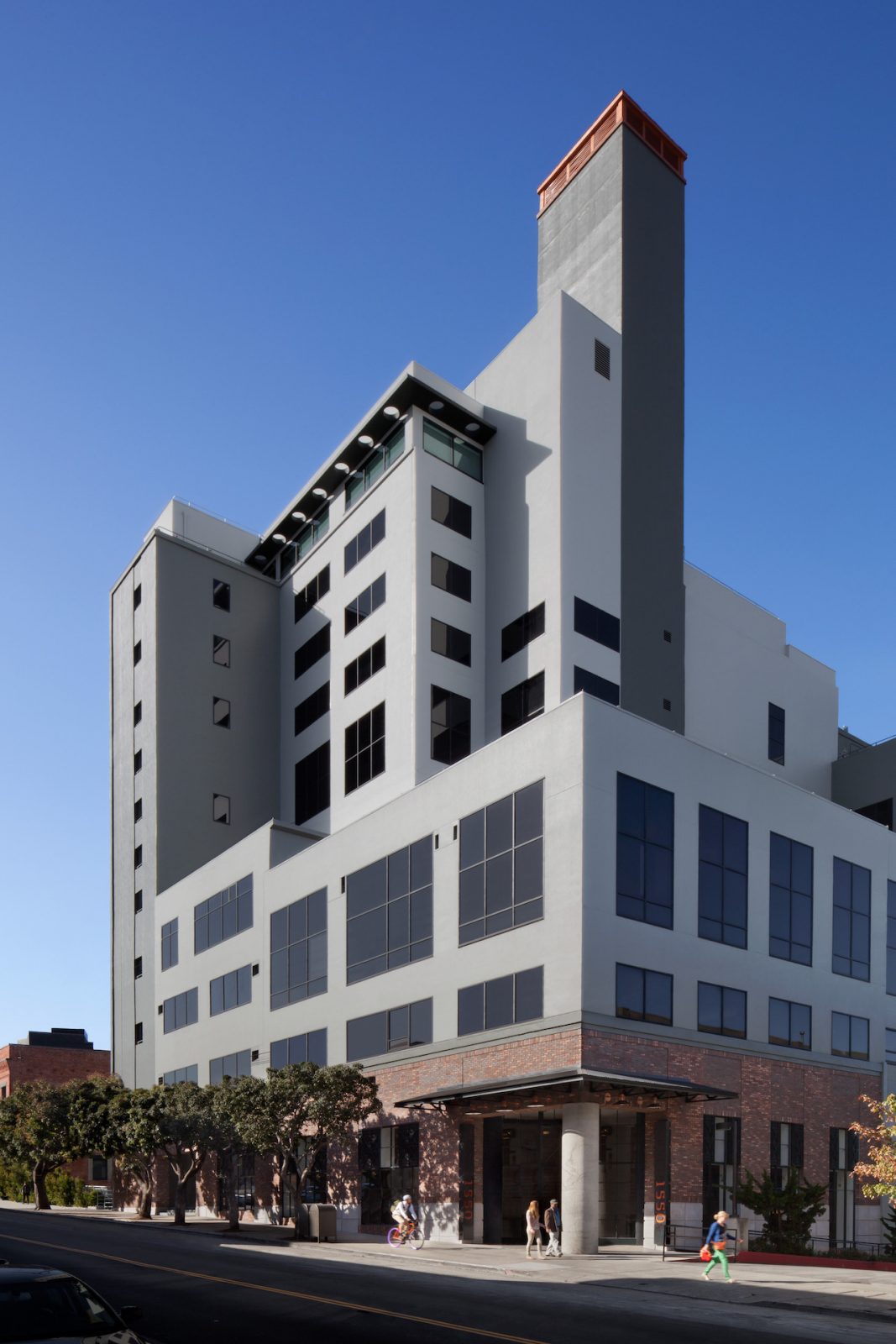
Photo Credit: TMG Partners
OHD: What are your thoughts on the homeless and the high cost of living in SF?
MC: My work with CASA may be the hardest project I’ve ever worked on. As co-chair, I needed to co-lead a group of 50 Bay Area housing, for-profit, non-profit, political, social equity, corporate and labor groups to forge a compact that all could agree on. Many people thought consensus could not be achieved—and, frankly, I wasn’t sure either—but through the commitment to protection, preservation and production, and committing to regional needs outweighing self-interests, we produced and received approvals on a 10-part agreement. I think the Compact we successfully achieved through CASA is truly a giant leap forward in solving what is no less than a crisis. This was tough work, and I am proud of the leaders, like Metropolitan Transportation Commission executive director Steve Heminger (the creator of CASA). He and I worked alongside each other to overcome tremendous obstacles. We have to get the Bay Area on a better path so that those who grew up here or came here expecting to raise generations of families can stay and prosper—if not merely enjoy without fears of the inability to afford their homes. It’s so critical to the Bay Area and a genuinely positive summary of how a public/private partnership can work! It is now being taken up by our state legislators, and we are optimistic.

Photo Credit: TMG Partners
OHD: Besides CASA, you have been chairman of the Bay Area Council for a few years. What are the biggest problems in the Bay Area today?
MC: Firstly, I have to give credit and thanks to the Council’s CEO Jim Wunderman. His leadership has been key, and he, too, is a collegial operator who has benefited from deep relationships over decades. I feel lucky to have been able to articulate the needs of the Bay Area to local, state and federal leadership. Our meetings in the mayor’s office, in Sacramento and back on Capitol Hill, have made a difference. I think mostly our greater impacts have been around tackling the challenging issues, such as traffic, congestion, water and, of course, housing affordability. We have made strides, and every success only adds to a stronger base for these entities to continue to shape the improvement of the Bay Area.
OHD: You and TMG consistently contribute to the community and make an impact beyond your development projects. What is your philanthropy focus?
MC: Before outreach had the formal brand of Corporate Social Responsibility, my team and I—and maybe this is an obvious offshoot of living in the Bay Area—already cared a lot about our communities. While we individually have been involved in our charitable concerns, we also decided to organize our efforts companywide. Our priorities are now housing, community and the arts, youth and education, environmental responsibility, health and well-being, and community and industry leadership. We’re proud to be included annually in the San Francisco Business Times’ Top 100 Corporate Philanthropists.

Photo Credit: Susana Bates for Drew Altizer Photography
OHD: What is your motto?
MC: Skate to where the puck is going to be. Also on TMG’s website vision page is the phrase “Huh to Duh.” Essentially, it’s our motto not to say no before yes. We look at a complex challenge and have that aha moment through believing there is always a creative solution.
OHD: How do you spend your time when you’re not working?
MC: I enjoy spending time at my house in St. Helena. It allows for calmer family time—especially when my daughter Alison, her husband Greg and their two toddlers join me and my wife, Kathleen. I believe we all agree that it is at the core of everything we work for. The area up there is ideal for tennis, running, swimming, and dining. We have many friends in Napa, so it is just the best way to recharge your batteries. Outside of those weekends, I love to travel with Kathleen, digging deeper into new cultures, enjoying art, cuisines, appreciating how other cities are run, and meeting new people with different voices.







